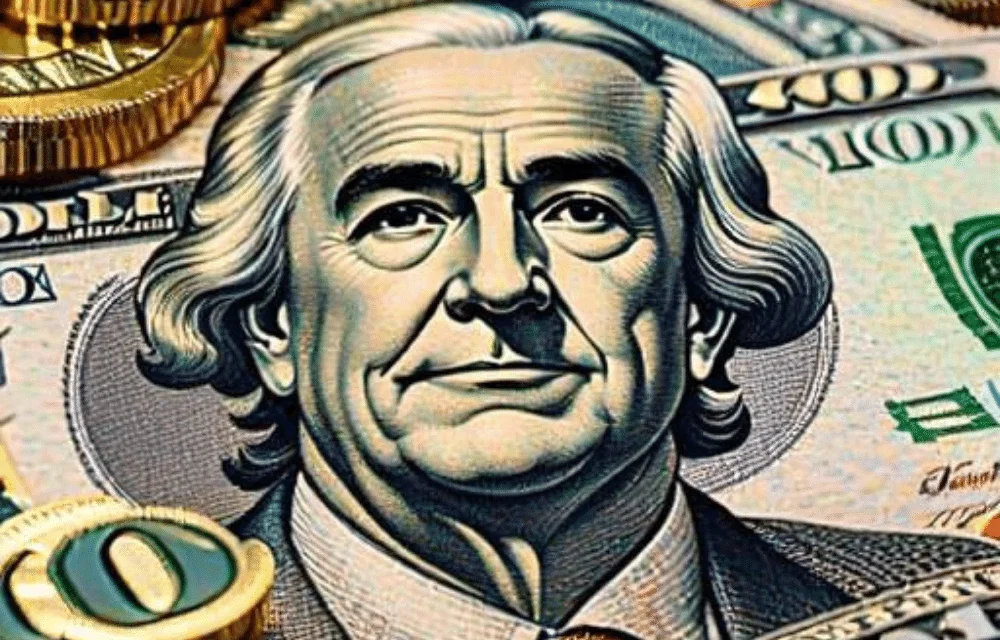Dollar declines, Powell, ECB influence felt
In the realm of global currency markets, the U.S. dollar’s trajectory this week has been noteworthy, marked by a significant drop against major currencies. Early European trade on Friday witnessed a slight uptick for the dollar, although it was still on track for a notable weekly decline. Federal Reserve Chair Jerome Powell’s remarks, hinting at potential interest rate cuts in the near future, played a pivotal role in shaping market sentiment. Simultaneously, the euro retreated from recent highs post the European Central Bank (ECB) meeting, adding further complexity to the currency landscape.
The dollar’s performance over the week has been characterized by a loss of around 1%, which would constitute its most substantial weekly decline in nearly three months. Powell’s testimony before the Senate Banking Committee underscored the Federal Reserve’s stance on monetary policy. He indicated a willingness to lower interest rates in the coming months, citing the need to bolster economic confidence without risking recession. This sentiment resonated strongly within the market, contributing to the downward pressure on the dollar.
Powell’s statement highlighted the delicate balance the Federal Reserve seeks to strike: maintaining a supportive stance on economic growth while avoiding overheating that could lead to inflationary pressures. Market analysts noted that the dollar’s trajectory would be heavily influenced by key economic indicators, particularly the forthcoming nonfarm payrolls report for February. Forecasts suggest a modest increase in job numbers, a factor that could potentially alter market sentiment should the figures deviate significantly from expectations.
In parallel, the euro experienced fluctuations throughout the week, with EUR/USD witnessing a marginal decline of 0.1% in early European trade. The euro’s earlier ascent, nearing a two-month high, was tempered following the ECB meeting. The central bank’s decision to hold its benchmark rate steady at 4% was accompanied by indications of a potential rate cut in June, mirroring sentiments expressed by the Federal Reserve.
Additionally, data released on Friday showcased a 1.0% rise in German industrial production for January, offering insights into the Eurozone’s economic performance. While the ECB’s actions aligned with expectations, traders noted the perceived divergence in monetary policy stances between the ECB and the Federal Reserve. With the Fed funds rate situated between 5.25% and 5.5%, there’s a perception that the Federal Reserve possesses greater flexibility to implement aggressive rate cuts compared to its European counterpart.
As the trading week draws to a close, the dynamics of the currency market reflect the nuanced interplay between central bank policies, economic data, and market sentiment. The dollar’s notable weekly decline, coupled with fluctuations in the euro, underscores the complexity and volatility inherent in global currency markets. Looking ahead, market participants remain attentive to forthcoming economic indicators and central bank communications, which are poised to shape currency movements in the weeks to come.

